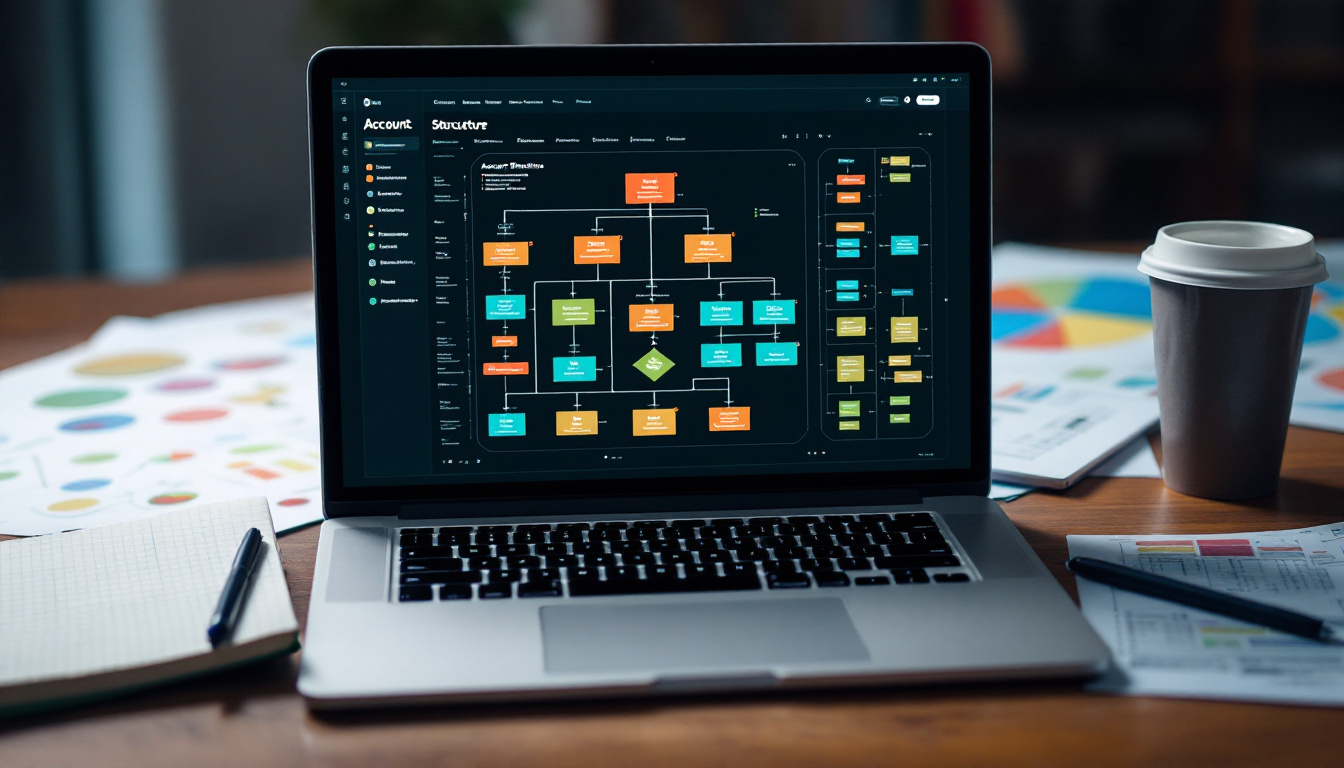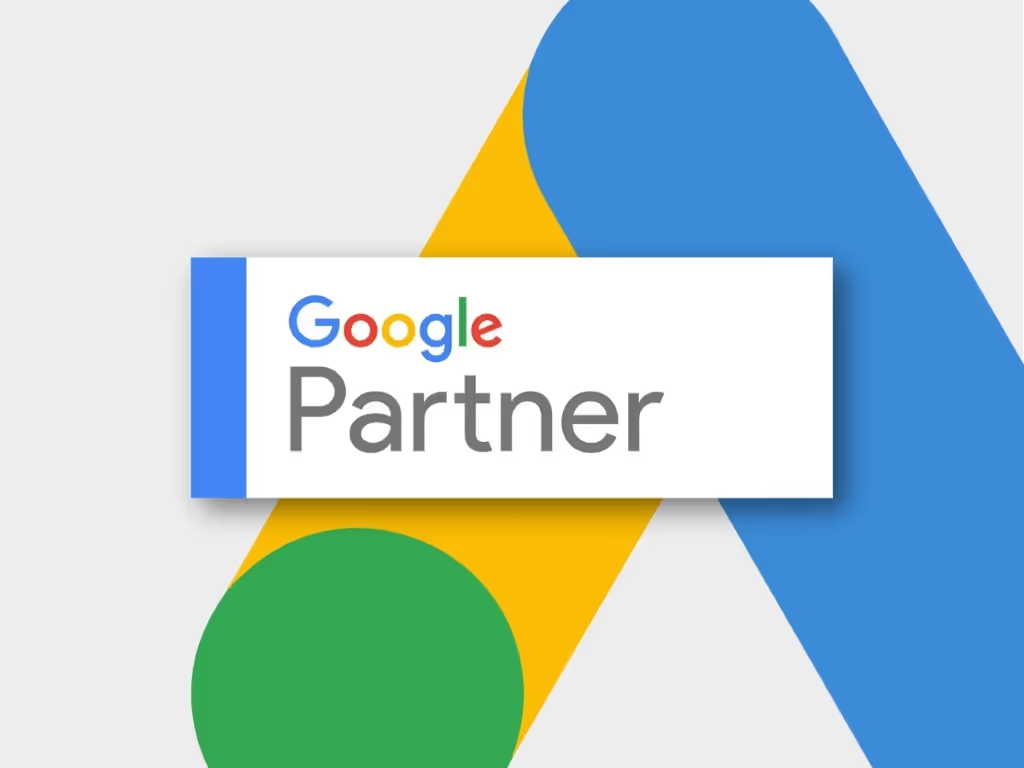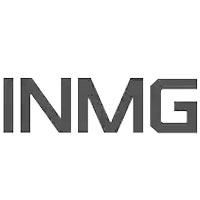Understanding Microsoft Ads Account Structure: Campaigns, Ad Groups, and Ads

Microsoft Ads, formerly known as Bing Ads, is a powerful platform for digital marketers aiming to reach potential customers through targeted advertising. Understanding the structure of your Microsoft Ads account is crucial for optimizing campaigns and enhancing overall performance. This article delves into the fundamentals of the account structure, including campaigns, ad groups, and ads, providing insights on how to manage these components effectively.
What is an account structure?
The account structure in Microsoft Ads refers to the hierarchical organization of your advertising setup, which is essential for managing campaigns effectively. It comprises several tiers, starting from the account level, followed by campaigns, ad groups, and ultimately, individual ads.

A well-structured account allows advertisers to allocate budgets, set goals, and track performance with greater accuracy. By understanding the account structure, marketers can ensure that they’re maximizing their ad spend and targeting the right audience at every level.
Hierarchy of Microsoft Ads Account Structure
At the top of the hierarchy is the Microsoft Ads account itself, which contains all campaigns associated with it. Within each account, you can create multiple campaigns, and each campaign can have multiple ad groups. Finally, ad groups consist of the actual ads displayed to users. Here’s a brief overview of each component:
- Account: The highest level that encompasses all your advertising activities.
- Campaign: A collection of ad groups with a shared budget and targeting criteria.
- Ad Group: A group of ads that share similar themes and target demographics.
- Ads: The actual advertisements displayed to users, consisting of titles, descriptions, and URLs.
Importance of Account Structure
A well-thought-out account structure has several advantages. For one, it facilitates easier reporting. Each level can be analyzed separately, allowing marketers to pinpoint which campaigns or ad groups are performing well or underperforming.
Additionally, a proper structure makes it easier to implement changes. If you need to modify targeting parameters or adjust budget allocations, having distinct campaigns and ad groups allows for refined control. This granularity ensures that modifications do not adversely impact other unrelated parts of your advertising strategy.
Moreover, a well-defined account structure can significantly enhance collaboration among team members. When roles and responsibilities are clearly delineated within the hierarchy, it becomes easier for different stakeholders—such as content creators, analysts, and account managers—to work together efficiently. Each team member can focus on their specific area of expertise, whether it’s optimizing ad copy, analyzing performance metrics, or adjusting bids, leading to a more cohesive and effective advertising strategy.
Furthermore, the account structure also plays a critical role in scaling your advertising efforts. As your business grows and your marketing goals evolve, having a flexible and organized account structure allows you to easily add new campaigns or ad groups without disrupting existing ones. This adaptability is crucial for businesses looking to expand their reach and explore new markets, as it ensures that your advertising efforts can keep pace with your growth ambitions.
Components of a Microsoft Ads account
Understanding the individual components of a Microsoft Ads account is essential for efficient campaign management. Each part serves a unique purpose in the broader context of your advertising strategy. Here’s a breakdown of the key components:
1. Microsoft Ads Account
The account is your overarching management environment. It contains essential settings such as billing information, user permissions, and general account details. You can have multiple campaigns under a single account, each tailored to different products or services. Additionally, the account provides access to performance metrics and reporting tools, enabling you to analyze the effectiveness of your campaigns over time. This centralized control is crucial for businesses that operate in various markets or have diverse product lines, as it simplifies the management process and allows for strategic adjustments based on comprehensive data insights.
2. Campaigns
Campaigns are designed to organize your advertising efforts around specific marketing goals. Each campaign has its budget, which determines how much you are willing to spend on the ads within that campaign. Furthermore, campaigns allow targeting settings that align with your overall marketing objectives, whether aiming for brand awareness or increasing online sales. You can also set different bidding strategies for each campaign, such as cost-per-click (CPC) or cost-per-acquisition (CPA), allowing for tailored approaches that suit your business model and financial goals. This flexibility is particularly beneficial for seasonal promotions or product launches, where you may want to allocate more resources to maximize visibility during critical periods.
3. Ad Groups
Ad groups are subsets within campaigns that focus on a specific theme. Grouping ads this way aids in efficiency, as you can target specific keywords and audiences without having to create a multitude of campaigns. Each ad group can contain multiple ads, allowing for A/B testing to determine which ad performs best. This structure not only streamlines your advertising efforts but also enhances relevancy; ads within the same group can share similar keywords, making it easier to match user intent with the right message. Additionally, by analyzing the performance of different ad groups, you can identify trends and insights that inform future campaigns, ensuring that your advertising strategy evolves with changing market dynamics.
4. Ads
Ads are the messages that potential customers will see when they perform relevant searches. They should be crafted to attract attention and encourage clicks, making excellent use of characters allotted for titles and descriptions. Each ad will link back to a landing page where the user can take further action, such as purchasing a product or signing up for a newsletter. The design and content of the ad are critical, as they must resonate with the target audience while clearly conveying the value proposition. Utilizing ad extensions, such as site links or callouts, can further enhance the visibility and effectiveness of your ads by providing additional information and options for users. Moreover, regularly updating and refreshing your ads can help maintain engagement and combat ad fatigue, ensuring that your messaging remains relevant and compelling over time.
Organizing campaigns for efficiency.
Efficient organization of your campaigns is vital for maximizing the return on investment from your Microsoft Ads account. Here are some strategies to help you achieve better organization:

1. Categorize by Objective
When setting up campaigns, categorize them based on specific objectives. For instance, if you are promoting different product lines, create separate campaigns for each line. This allows you to tailor your messaging and targeting based on the audience interested in each product group. Additionally, consider creating campaigns for different stages of the customer journey, such as awareness, consideration, and conversion. This structured approach not only helps in delivering relevant ads but also aids in analyzing the effectiveness of your strategies at each stage.
2. Optimize Budget Allocation
Establish budget strategies for each campaign, keeping in mind the performance of various ad groups within those campaigns. If certain products yield better returns, consider reallocating budgets to support those campaigns while reducing budget caps on underperforming ones. Furthermore, setting up automated rules can streamline this process, allowing you to adjust budgets based on predefined performance metrics without constant manual oversight. This can save time and ensure that your resources are always aligned with your highest-performing campaigns.
3. Utilize Time-Based Adjustments
Pay attention to patterns in user behavior. If data shows that your ads perform better at certain times of the day or specific days of the week, adjust your campaigns accordingly. Utilizing day-parting strategies can lead to more effective ad spend and heightened user engagement. Moreover, consider seasonal trends and special events that may impact user behavior. By aligning your campaigns with these factors, you can capture increased interest and drive higher conversion rates during peak times.
4. Regular Review and Optimization
Lastly, regularly review your campaigns’ performance. Use the analytics tools provided by Microsoft Ads to assess which ads, ad groups, and campaigns are meeting your goals. Based on performance data, make informed adjustments to improve effectiveness. In addition to quantitative metrics, consider qualitative feedback from customer interactions and surveys. This holistic approach can provide deeper insights into how your audience perceives your ads and can inform future campaign strategies.
By following these strategies, advertisers can enhance their management of Microsoft Ads accounts, leading to improved efficiency and greater success in reaching their target audience. The dynamic nature of online advertising necessitates a proactive approach to organization and optimization, ensuring that your campaigns remain relevant and impactful in an ever-evolving marketplace.
In conclusion, the account structure of Microsoft Ads is a vital aspect of effective online advertising. Understanding the hierarchy, components, and organizational strategies allows marketers to create a robust advertising framework that optimizes their marketing efforts and drives measurable results.

As a Google Ads expert, I bring proven expertise in optimizing advertising campaigns to maximize ROI.
I specialize in sharing advanced strategies and targeted tips to refine Google Ads campaign management.
Committed to staying ahead of the latest trends and algorithms, I ensure that my clients receive cutting-edge solutions.
My passion for digital marketing and my ability to interpret data for strategic insights enable me to offer high-level consulting that aims to exceed expectations.
Google Partner Agency
We're a certified Google Partner Agency, which means we don’t guess — we optimize withGoogle’s full toolkit and insider support.
Your campaigns get pro-level execution, backed by real expertise (not theory).

4.9 out of 5 from 670+ reviews on Fiverr.
That’s not luck — that’s performance.
Click-driven mind
with plastic-brick obsession.
We build Google Ads campaigns with the same mindset we use to build tiny brick worlds: strategy, patience, and zero tolerance for wasted pieces.
Data is our blueprint. Growth is the only acceptable outcome.













